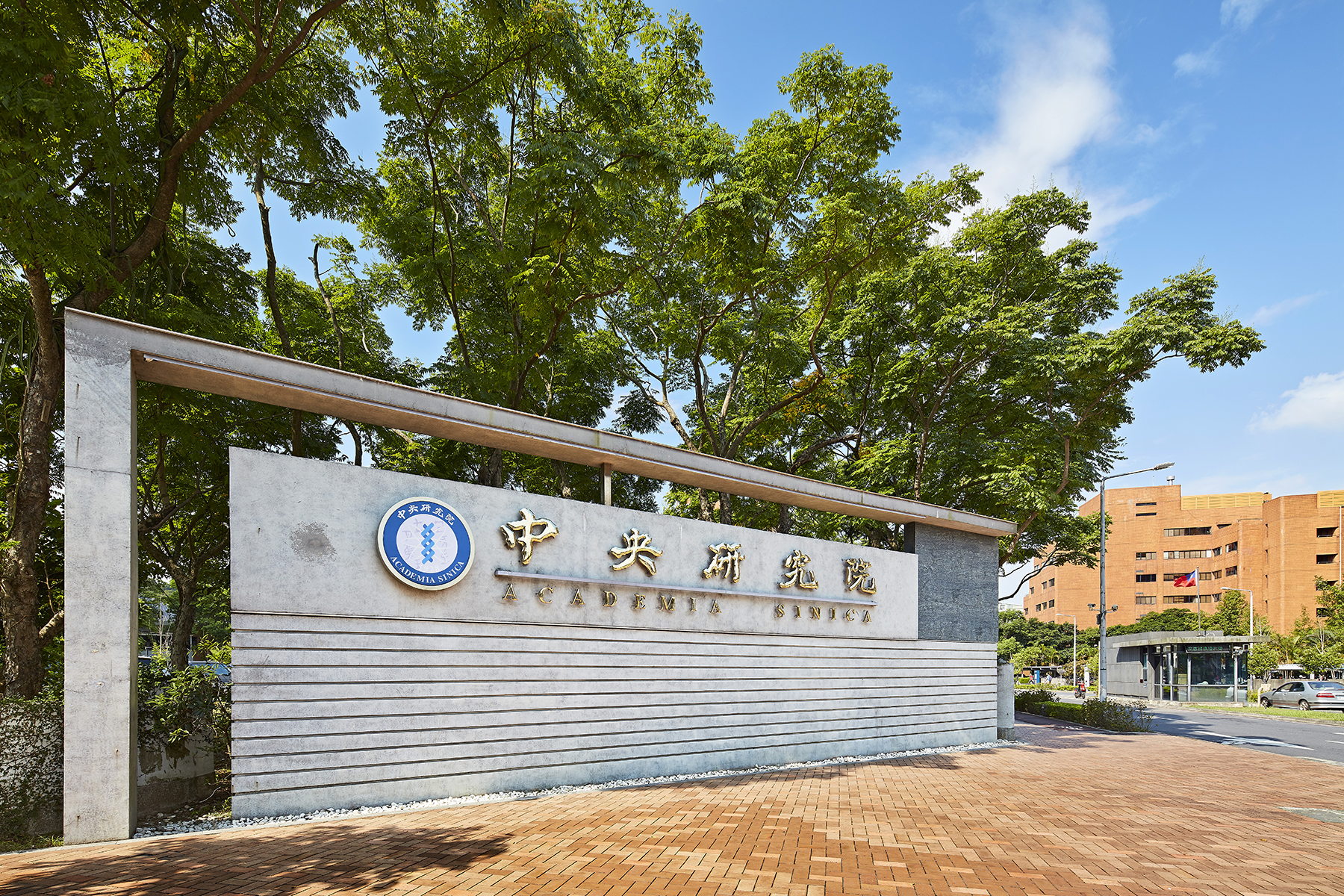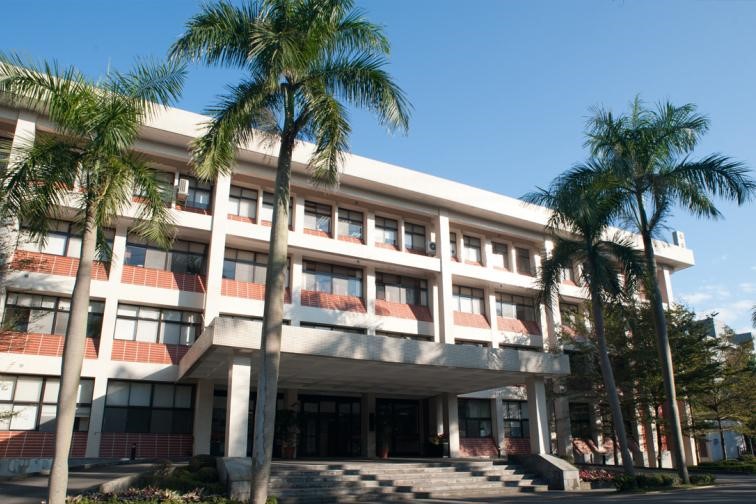Date: 2018-04-24
A research team from the Biodiversity Research Center at Academia Sinica recently published its findings on monthly and annual dynamics in ocean litter and what its potential contributors are. Their findings were based on field observations and current velocity and windage simulations. The study was published on April 3, 2018 in Environmental Research Letters.
Samples from 50m onshore transects on Dongsha Island suggested that large amounts of macro ocean litter entered the island. The annual litter quantity ranged from 112.8 kg–320.6 kg, and the annual number of items from 2202–8502. The litter on the north and south coasts showed significant differences, mainly due to the influence of monsoons.
A wide variety of macro ocean litter was found, mostly in an undegraded form (Fig. 1). Styrofoam was the primary source of both annual and monthly macro ocean litter, followed by plastic bottles, fishing gear and other plastic products. According to the global standard barcode system, the most plastic bottles collected on Dongsha Island in this study came from China and second most from Vietnam. Taiwan, Japan and Korea were tied for third.
Backward-tracking simulation was performed to determine the litters’ origins using current velocity and windage, and the estimated drifting time of the macro ocean litter in the shallow sea surface layer showed monthly and directional variability ranging from 8–496 days. In winter, the Western Philippine Sea and the Taiwan Strait were predicted to be the two main external sources of macro ocean litter on Dongsha Island, whereas in summer, the ocean litter was predicted to originate from the southwestern South China Sea. Notably, the modeled results indicated that some litter remained in the ocean throughout the year (from 0.5%–36.2% per month) and never drifted back to land or the surrounding seas.
This study suggests (1) incorporating the techniques into existing environmental or wildlife monitoring programs; (2) collecting the litter onboard vessels, shipping it back and processing it onshore; (3) strengthening national information exchanges, and acknowledging and fulfilling oceanic environmental protection plans through trajectory tracking; and (4) raising public awareness and action, and strengthening the legal system.
The crisis of ocean litters has become a global issue. Inventions for human convenience can pose an unexpected threat to the environment, and this is especially the case in Taiwan because it is surrounded by the sea. The results of this study also represent important progress in Taiwan's sustainable marine environmental protection.
It will greatly help the management of ocean litter and development of environmental protection policies at various scales in the future. The research team was led by Dr. Ming-Shiou Jeng, a Research Fellow in the Biodiversity Research Center at Academia Sinica, simultaneously cooperating with Dr. Fuh-Kwo Shiah and Dr. Yi-Chia Hsin in the Research Center for Environmental Changes at Academia Sinica, Dr. Chia-Ying Ko in the Institute of Fisheries Science at National Taiwan University, Marine National Park Headquarters, and Coast Guard Administration. The project was supported by Academia Sinica and the Ministry of Science and Technology (MOST).









 Home
Home

